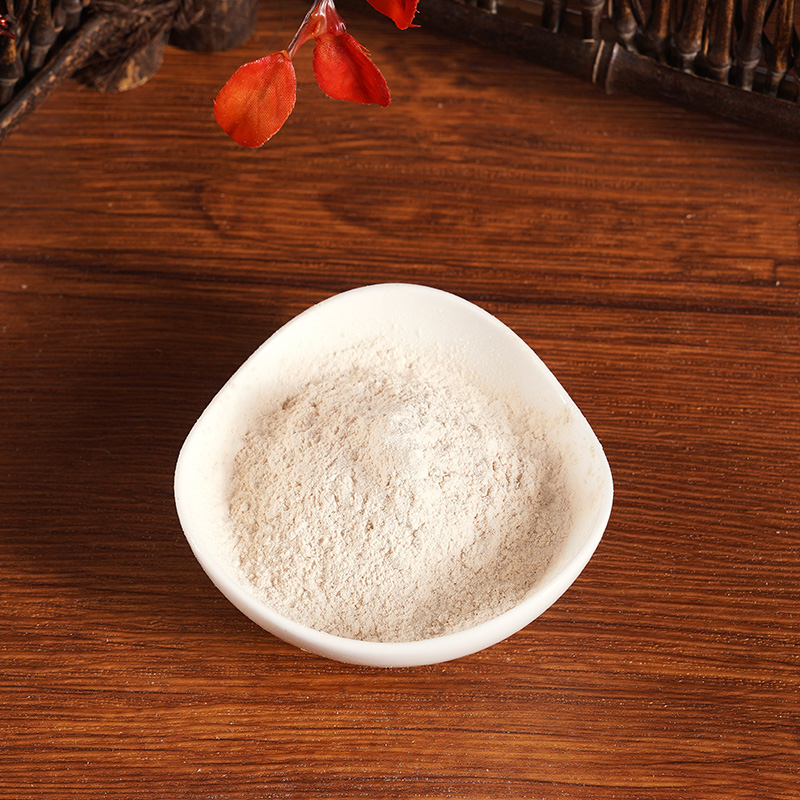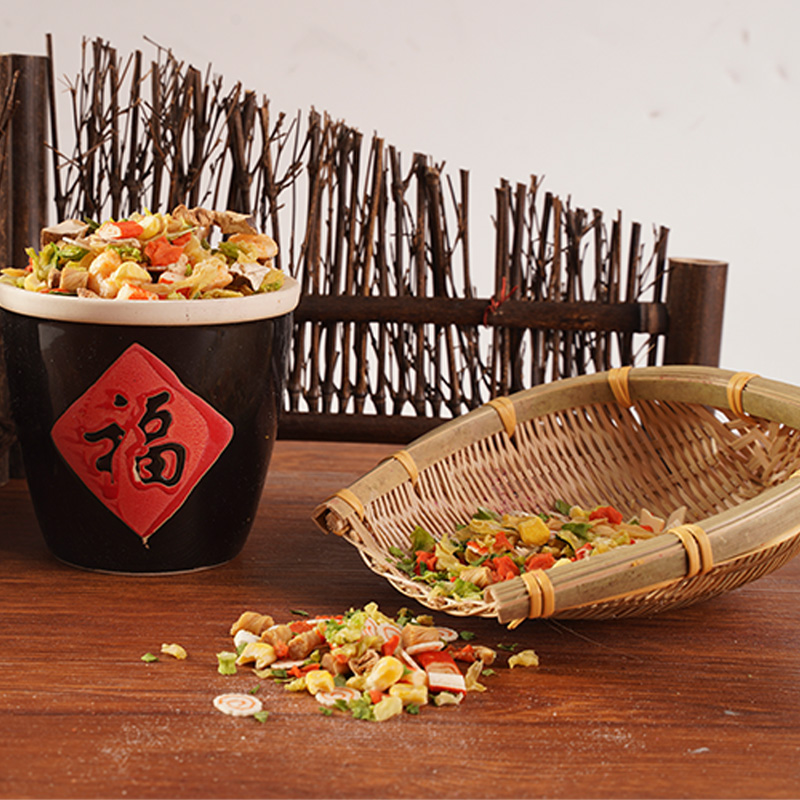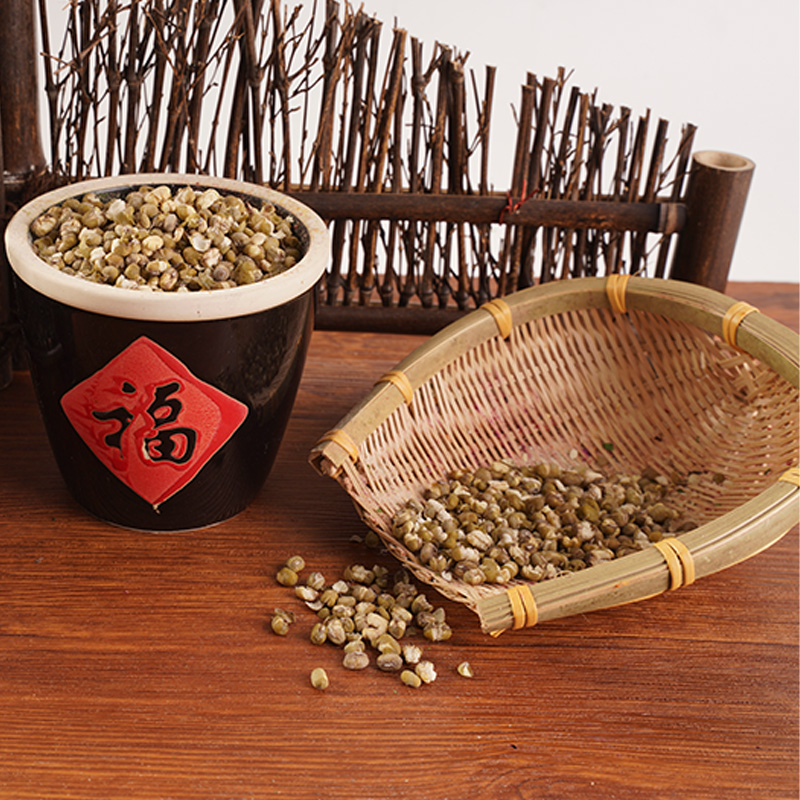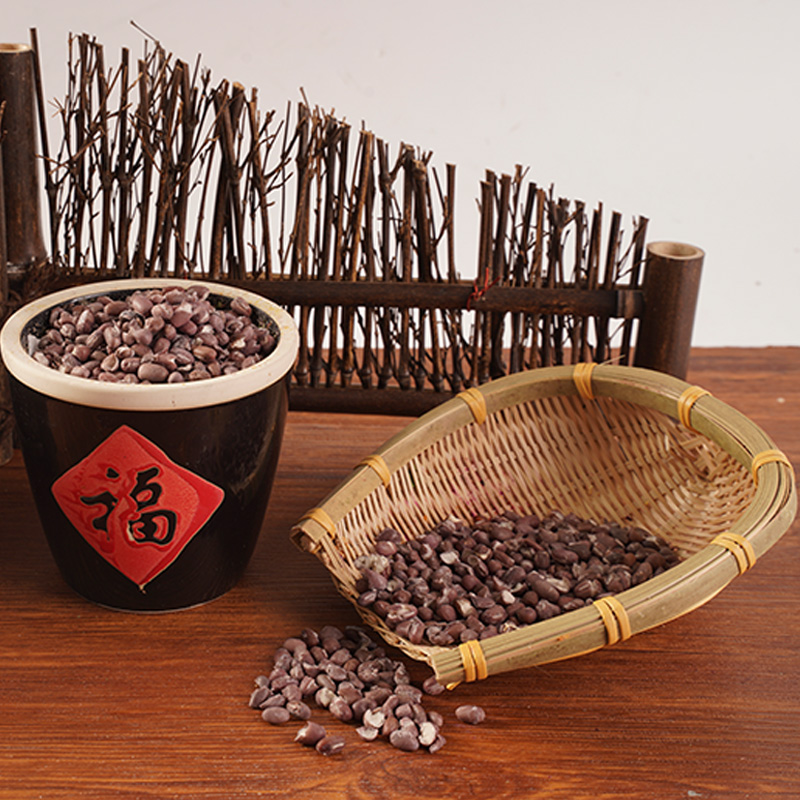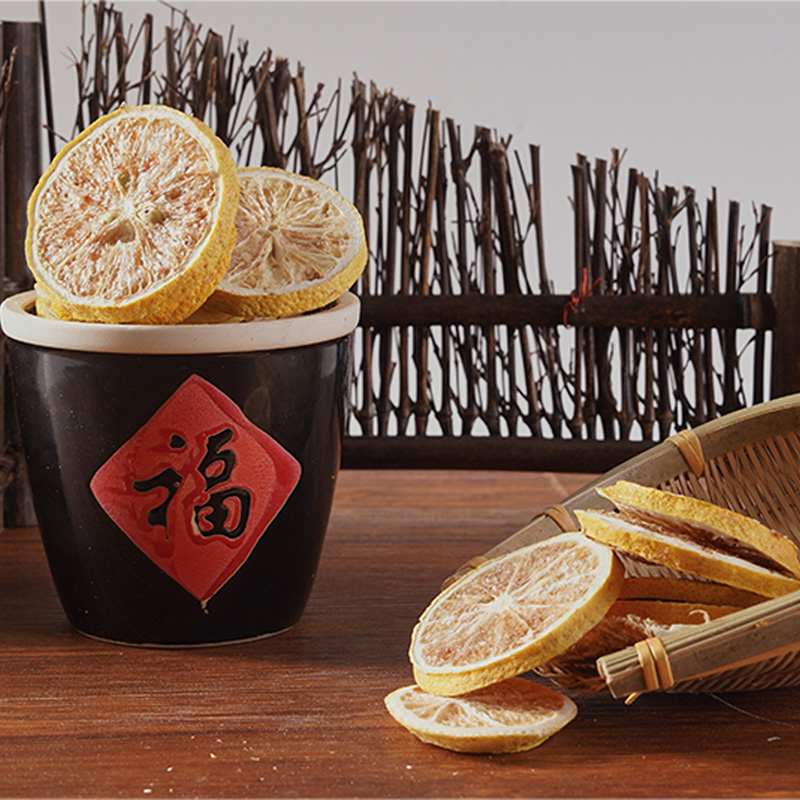Can Dehydrated Vegetables Ever Taste Like Fresh?
The question of whether dehydrated vegetables can replicate the exact taste and texture of their fresh counterparts is a persistent one in culinary and food science circles. While achieving perfect equivalence presents inherent challenges, significant advancements in dehydration technology and understanding have dramatically narrowed the gap, making high-quality dehydrated vegetables a remarkably versatile and flavorful ingredient when used strategically.
Understanding the Flavor Challenge
The core challenge lies in the chemistry of flavor and texture:
Volatile Compound Loss: Fresh vegetables contain volatile organic compounds (VOCs) responsible for their characteristic aromas and top notes. Traditional high-heat dehydration methods (like air-drying) can drive off many of these delicate compounds, leading to a flatter, less complex, or sometimes "cooked" flavor profile.
Texture Alteration: Removing water fundamentally changes cellular structure. Rehydration rarely perfectly restores the original cell turgor and crispness of raw fresh vegetables. The texture often becomes softer or slightly spongy.
Concentration Effects: Dehydration concentrates sugars and some other compounds. While this can intensify certain base flavors (like sweetness or umami), it can also concentrate undesirable bitterness in some vegetables if not processed carefully.
Maillard Reactions & Caramelization: Heat applied during dehydration can trigger Maillard reactions and caramelization, adding roasted or cooked notes absent in the raw fresh vegetable.
Modern Techniques Closing the Gap
The "taste like fresh" potential heavily depends on the dehydration method and post-processing:
Freeze-Drying (Lyophilization): This is the gold standard for flavor and color retention. By freezing the vegetable and then removing water via sublimation (ice turns directly to vapor) under vacuum, heat exposure is minimized. This preserves a much higher percentage of volatile aromatics and the cellular structure more effectively. Rehydrated freeze-dried vegetables often come closest to fresh in flavor and appearance, though texture for raw applications (like salads) remains different. Examples include peas, corn, and herbs.
Advanced Air Drying (Low Temperature & Humidity Control): Modern techniques using precisely controlled lower temperatures and optimized airflow minimize thermal degradation. This is particularly effective for herbs, mushrooms, and some leafy greens, better preserving essential oils and delicate flavors compared to older, hotter methods.
Osmotic Dehydration Pre-Treatment: Briefly soaking vegetables in a sugar or salt solution before drying can help preserve color, flavor, and texture by reducing enzymatic browning and leaching.
Atmospheric Pressure Drying (APD) & Refractance Window™ Drying: These newer technologies use conductive heat at lower temperatures than traditional hot air, aiming for better retention of heat-sensitive compounds.
Packaging & Storage: Critical for maintaining quality. Oxygen and light are enemies of flavor and color. High-barrier packaging with nitrogen flushing significantly extends the shelf life and preserves the delicate flavors achieved during processing.
Strategic Use is Key to Success
Achieving a "fresh-like" experience often depends on application:
Rehydration Technique: Using hot water can cook the vegetable further. For best flavor retention, cold or warm water rehydration is often preferred, though it takes longer. Adding dehydrated vegetables directly to soups, stews, or sauces allows them to rehydrate in the cooking liquid, absorbing those flavors.
Complementing, Not Replacing Raw Fresh: Dehydrated vegetables excel in cooked applications where their concentrated flavors integrate well (sauces, soups, casseroles, stuffings, breads). Expecting rehydrated bell peppers to mimic the crisp, watery crunch of raw fresh peppers in a salad is unrealistic. However, freeze-dried herbs can deliver a burst of fresh-like aroma when added at the end of cooking.
Flavor Enhancement: The natural umami and sweetness concentrated in some dehydrated vegetables (like tomatoes, mushrooms, onions) can actually enhance the depth of flavor in dishes beyond what mild fresh versions might contribute.
News Category
- Company News(1)
- Industry News(68)



 English
English русский
русский 日本語
日本語 한국어
한국어 中文简体
中文简体






